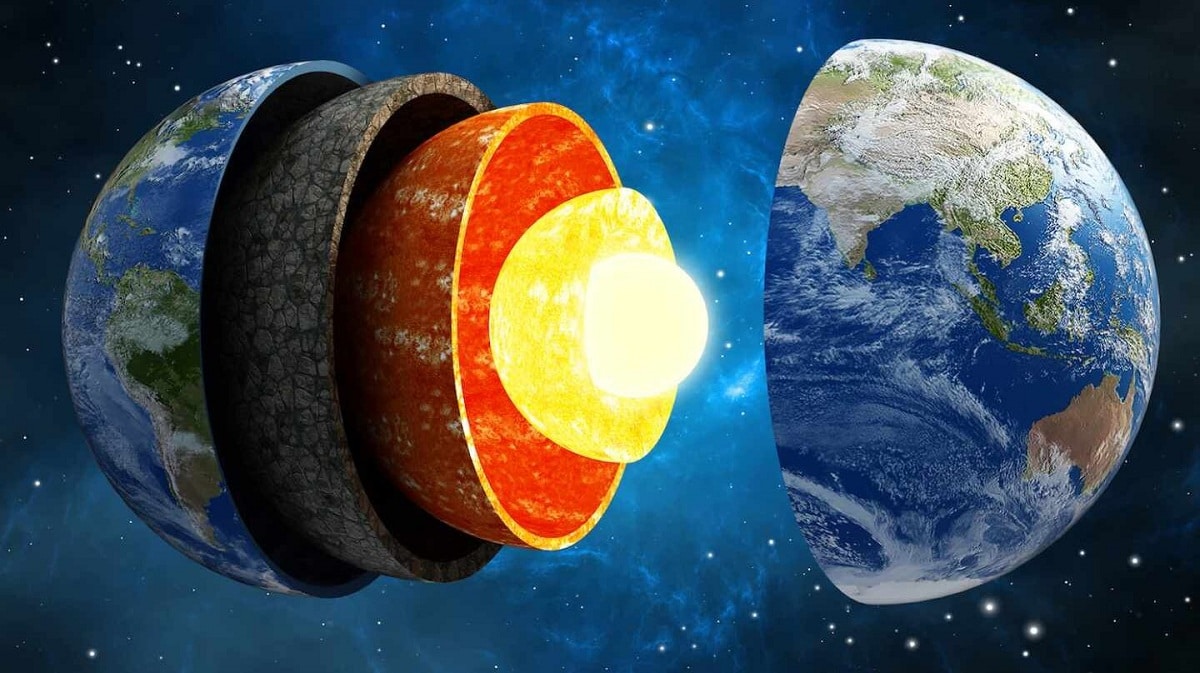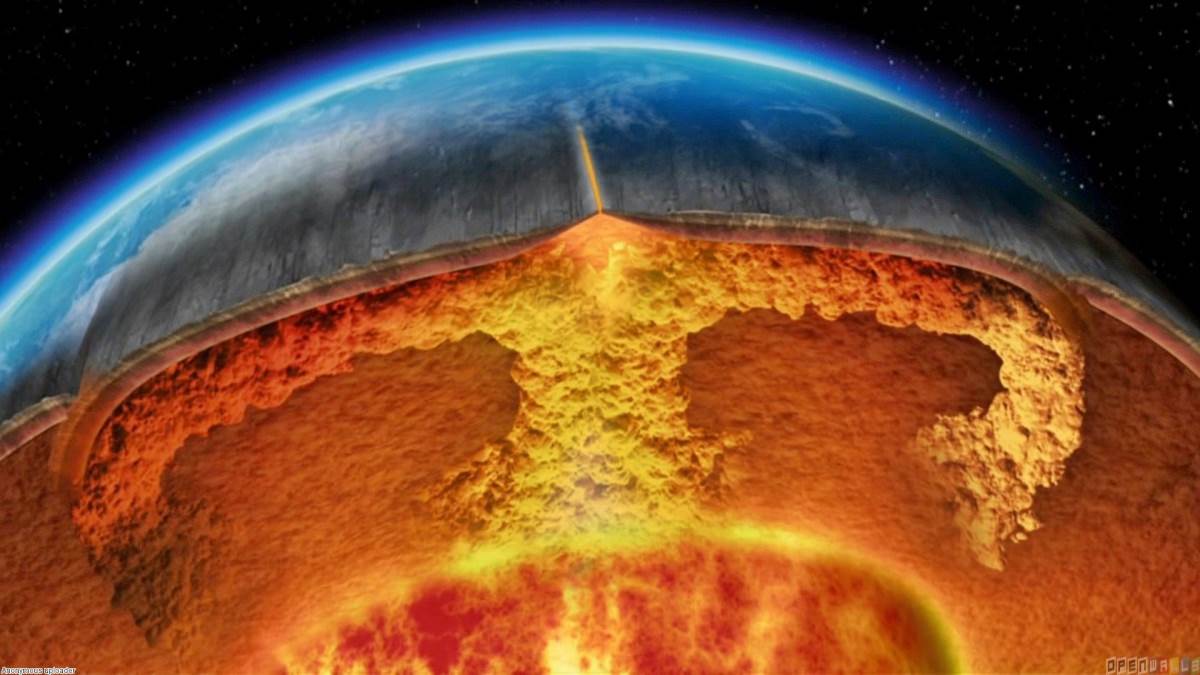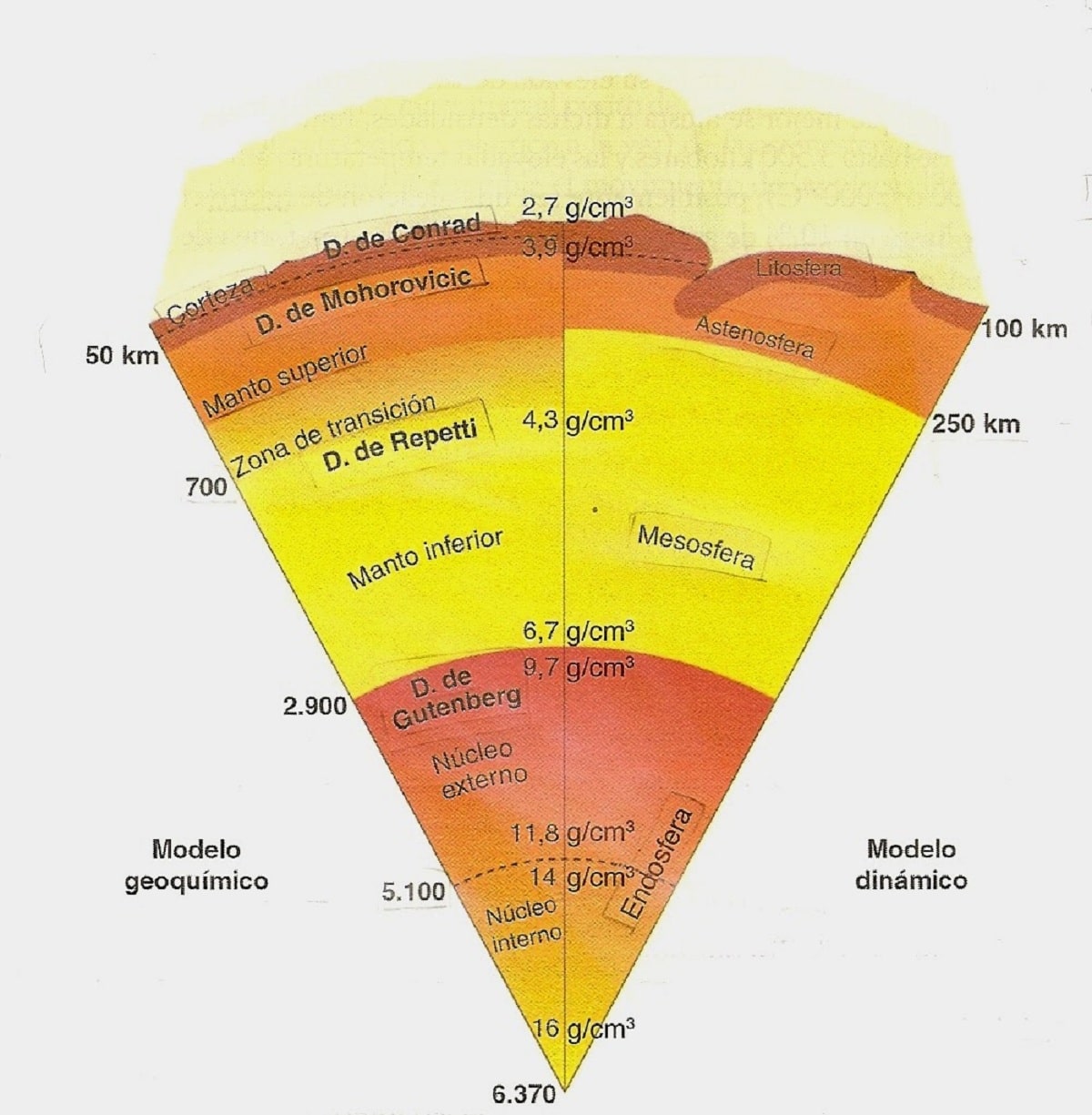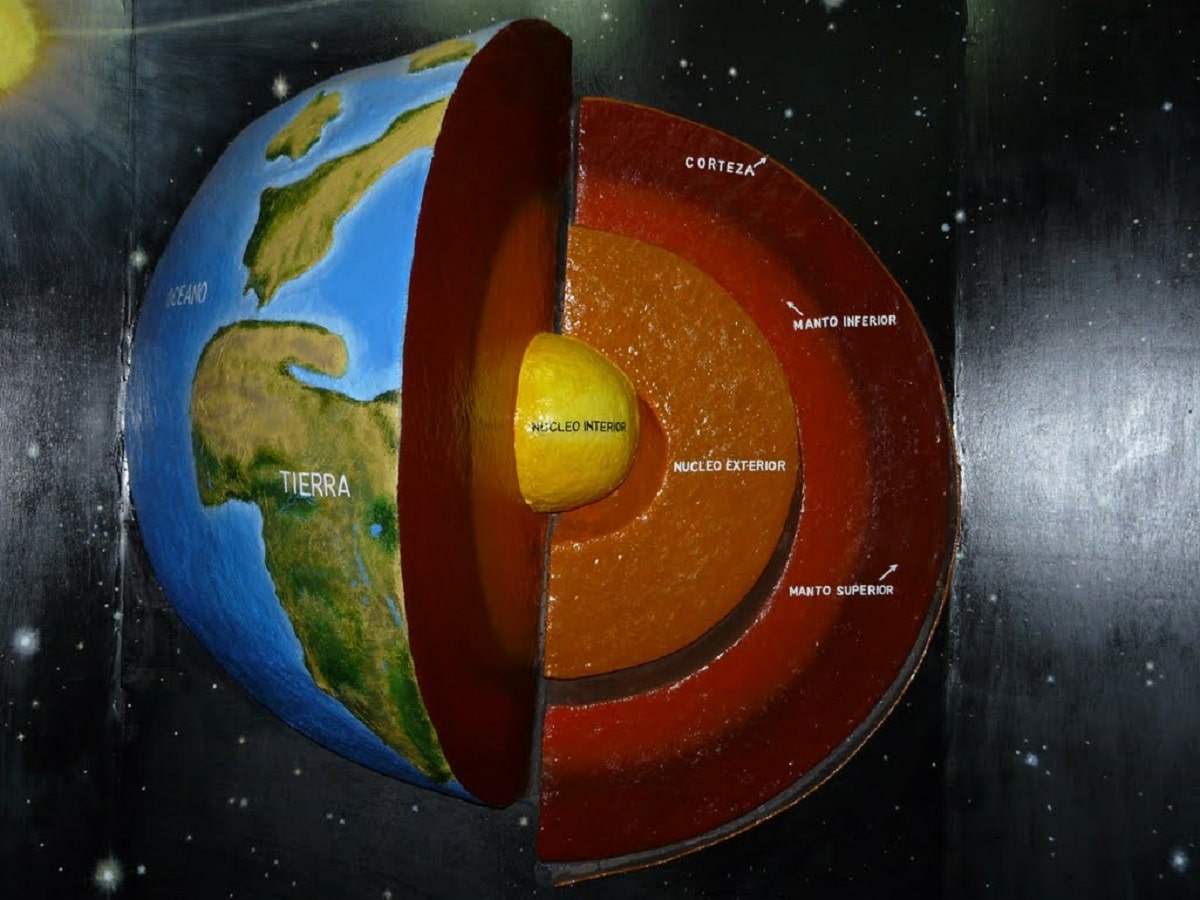
It is difficult to think that you can calculate the temperature inside the earth. Our planet has a depth of 6.000 kilometers until it reaches the core. Despite this, the human being has only reached a depth of 12 km. However, we have various techniques to be able to calculate the temperature in depth. The variability of temperature in terms of the depth of the earth's crust is known by the name of geothermal gradient.
In this article we are going to tell you about all the characteristics and importance of the geothermal gradient.
What is the geothermal gradient

The geothermal gradient it is nothing more than the temperature variance as a function of the depth that we find ourselves. The temperature can be measured in the first kilometers of the earth's crust and they increase in depth following an average pressure of 3 degrees per 100 meters of depth. The relationship between the variation in temperature and depth is called the geothermal gradient. The natural heat of the earth's core is due to different physical and chemical processes that occur inside. There are also other factors that go into this equation to be able to calculate the temperature.
Key features

Let's see what are the different factors that influence the geothermal gradient value:
- Regional factors: the region where we are from around the globe is essential to be able to know the variance of the temperature. The geological and structural context on a regional scale is one of the factors that condition the distribution of temperatures. In other words, in areas where there is active volcanism today, areas where the lithosphere is more reduced, the geothermal gradient is much higher than in other areas where there is no volcanic activity or where the lithosphere has a different thickness.
- Local factors: at a much more local level we see differences between the thermal properties of rocks. There are rocks that have a higher thermal conductivity that produces sensitive lateral and vertical variations of said geothermal gradient. The factor that most determines the value of this geothermal gradient is the circulation of underground water. And the thing is that water has a great capacity to be able to redistribute heat. This is how we find aquifer recharge areas whose geothermal gradient decreases due to the downward circulation of colder water.
On the other hand, we have some unloading areas where the opposite happens. The rise of the hot water at depth causes the geothermal gradient to increase. Therefore, the value that the geothermal gradient will take varies depending on the geological and structural context, the differences between the technical properties of rocks and the circulation of groundwater. All these factors are what make this increase in temperature vary in depth.
Flow and propagation of terrestrial heat

We know that the heat our planet emits can be quantified by surface heat flux. It is the amount of heat that the planet loses per unit area and time. The surface heat flux is calculated as the product of the geothermal gradient and the thermal conductivity of the medium. That is, the value of the geothermal gradient multiplied by the heat conduction capacity of the particular environment where we are. This is how we know the total amount of heat loss that exists in a particular area.
Thermal conductivity is the ease of a material to be able to transmit heat. A typical value of heat flux on the continent is 60 mW / m2, which can drop to values of 30 mW / m2 in old continental areas - where the lithosphere is thicker - and exceed values of 120 mW / m2 in younger areas, where the lithosphere is less thick. It is quite easy to check in mines and boreholes, the temperature of the materials of the earth's interior increases with depth.
There are numerous oil wells in which values of 100 degrees are reached at about 4.000 meters of depth. On the other hand, in areas where there are volcanic eruptions, various materials are brought to the earth's surface at high temperatures that come from much deeper areas. A part of the earth's crust exceeds a few dozen centimeters thick. It is characterized by the fact that its temperatures depend on the existing surface temperature and shows a great variety of diurnal and seasonal temperatures. The influence of external temperature affects much less as we go deeper.
When we reach a certain level of depth, the temperature is constant equal to the average of the surface temperature of the place. This zone is called the neutral level constant temperature ozone.
Geothermal depth and gradient
The depth at which the neutral level is found where temperatures are constant usually varies between 2 and 40 meters. It is all the greater the more extreme the climate prevailing on the earth's surface. Below neutral is where temperatures begin to increase with depth. This increase is not uniform in all areas. In the first one, it is more superficial than the earth's crust, the average value of the geothermal gradient is about 33 meters. This means that you have to go 33 meters deep in order to have a 1 degree increase in temperature. Thus, It is established between average geothermal gradient is 3 degrees every 100 meters.
The average values are only applicable to the outermost areas of the cortex, since it can be maintained throughout the radius. At greater depths the temperatures are higher since the materials melt at depths of only a few hundred kilometers.
Today we know that most geophysicists estimate that temperatures in the innermost parts of the planet do not exceed a few thousand degrees. At most, some estimate the values of about 5.000 degrees. All this leads to a geothermal gradient decreasing with depth once a certain underground quota is reached.
I hope that with this information you can learn more about what the geothermal gradient is and its characteristics.